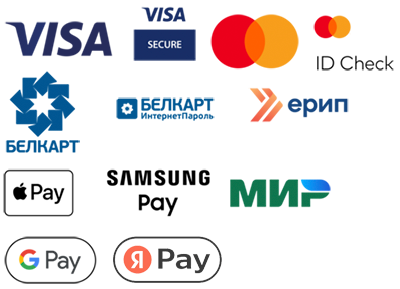Imagine: you have a store. You sold the product to your customers, they promised to pay in a week. But you have to pay the suppliers today.
The cash register is empty. Formally, your business is profitable: there are sales, customers owe money. But right now, there is no money on hand.
This is the cash gap.
How does it arise?
A cash gap is when there is money "on paper", but not in reality.
The main reasons:
Accounts receivable (you owe) more than accounts payable (you owe).
Customers are delaying payment.
Seasonality (for example, travel companies have seasonal incomes and expenses all year round).
Large upfront payments (for example, rent or taxes).
A simple example
You have sold 1,000,000 ₽ worth of goods.
Customers will pay in a month.
Suppliers need to pay 700,000 ₽ tomorrow.
On paper, you are rich, but in reality you are sitting and thinking where to get the money.

Here is a diagram of the cash gap: it can be seen that accounts receivable exceed accounts payable, and the difference shows the amount that a business is forced to look for (for example, borrow from a bank) in order to close its obligations.
Why does a business take money from a bank?
In such situations, entrepreneurs go to the bank for a loan or use an overdraft.
This is not always a bad thing: a loan bridges the gap and allows you not to break your obligations. But if cash gaps are repeated frequently, this is an alarming sign.
How to avoid cash gaps?
Monitor customer payment deadlines.
Try to negotiate a delay with suppliers.
Have a financial "safety cushion".
Keep management records, not just look at the account balance.
Who is the winner
Banks benefit when a business has cash gaps: companies are forced to borrow money, which means they have to pay interest. But for the business itself, this is always a minus, because instead of developing, you have to service debts. It is especially difficult in conditions of tight monetary policy, when interest rates are too high: money on credit becomes "gold", and every delay in payments turns into an expensive problem.
Thus, proper cash flow planning allows a business not only to avoid cash flow gaps, but also objectively assess their financial condition in any business environment. Even with high profits on paper, it is the movement of real money that shows how stable the company is, how able it is to fulfill its obligations on time and develop without unnecessary credit risks. Proper control of the inflow and outflow of funds helps an entrepreneur to see real weaknesses, prepare in advance for peak expenses and make informed decisions, ensuring the stability of the business in the long term.

































